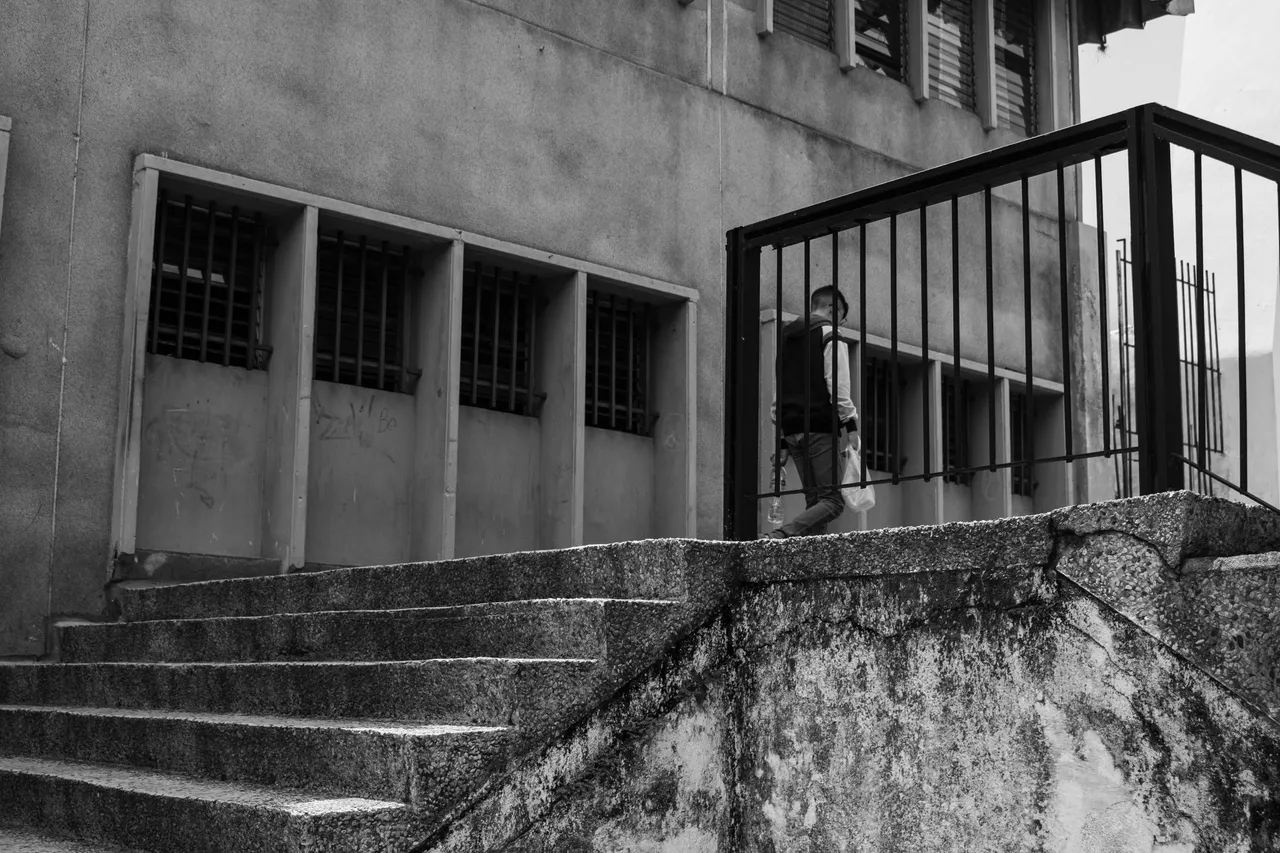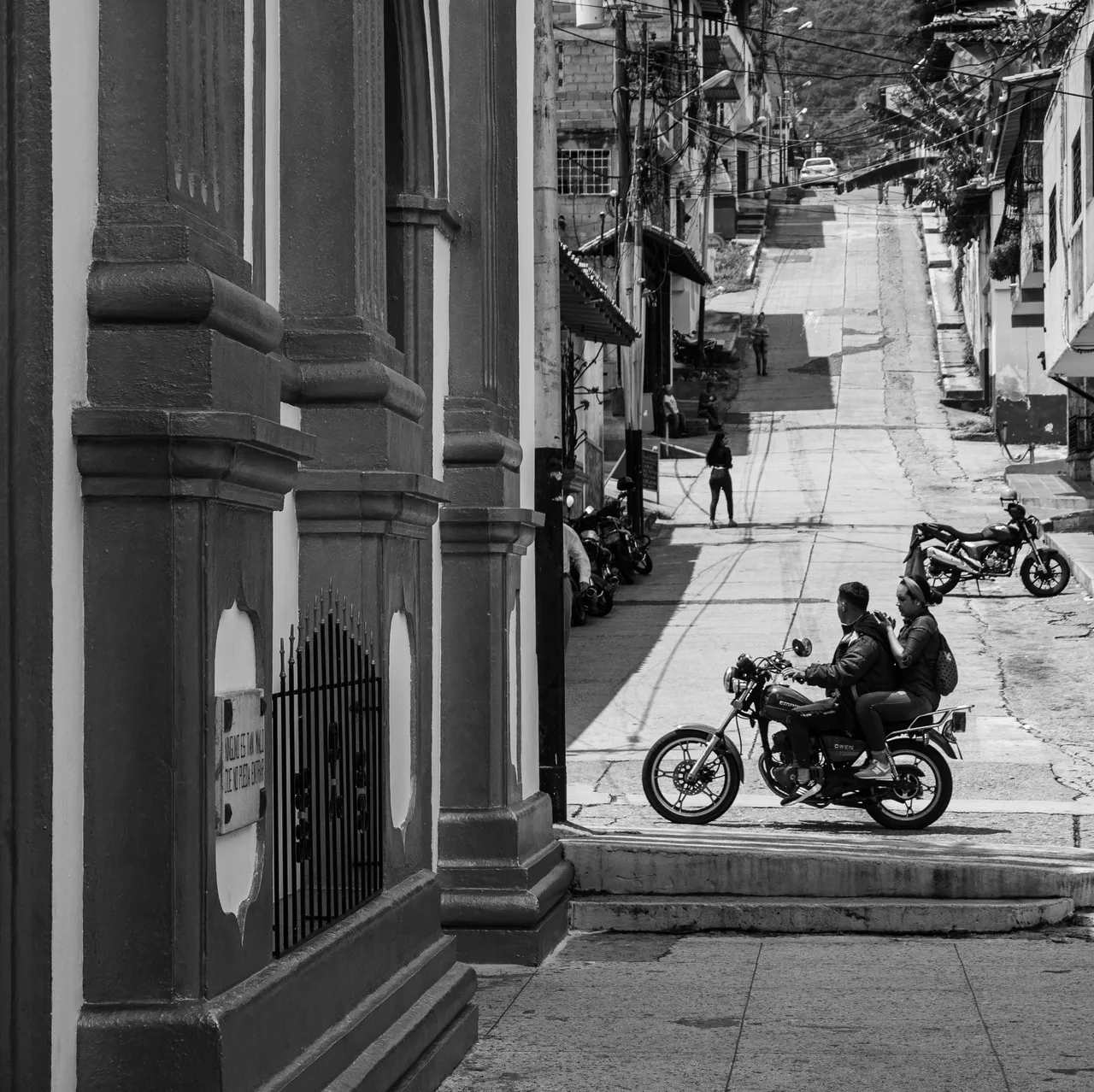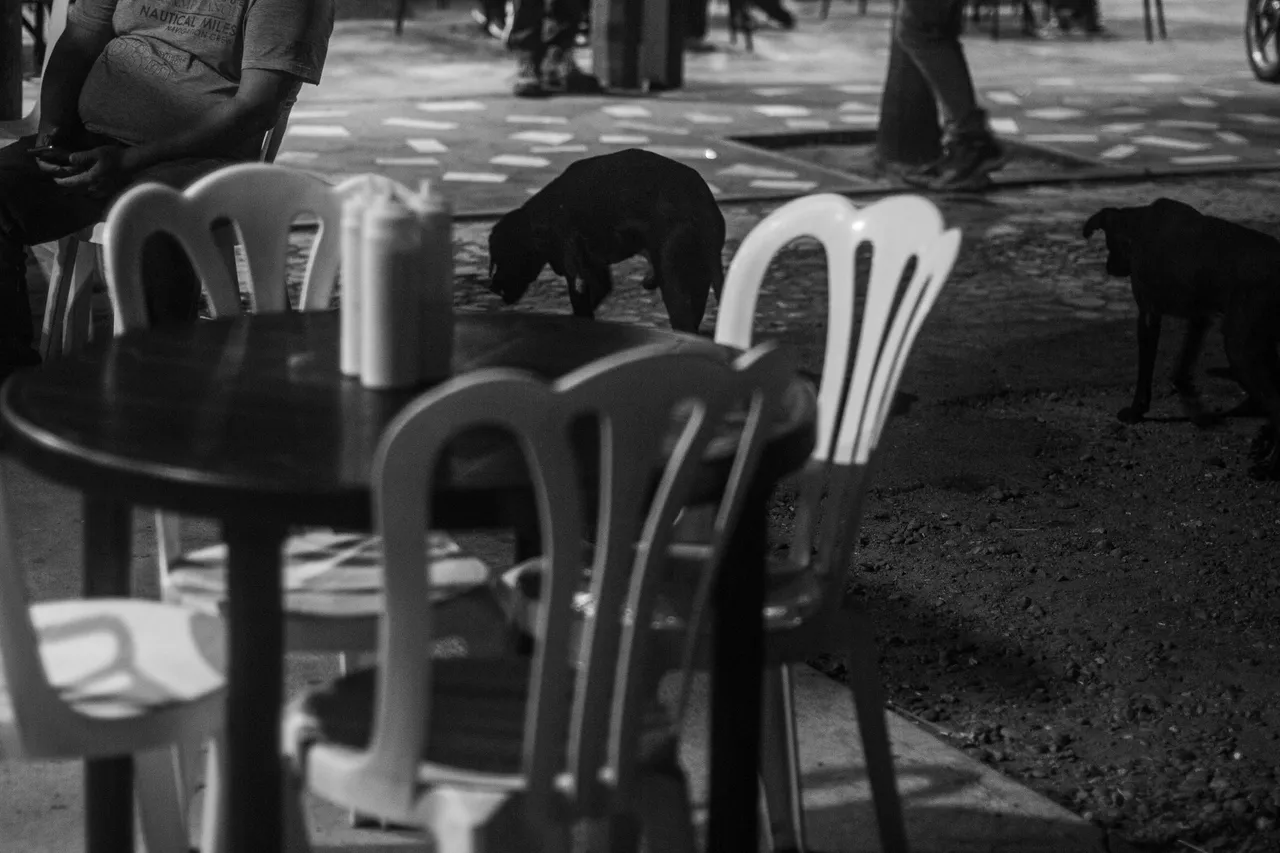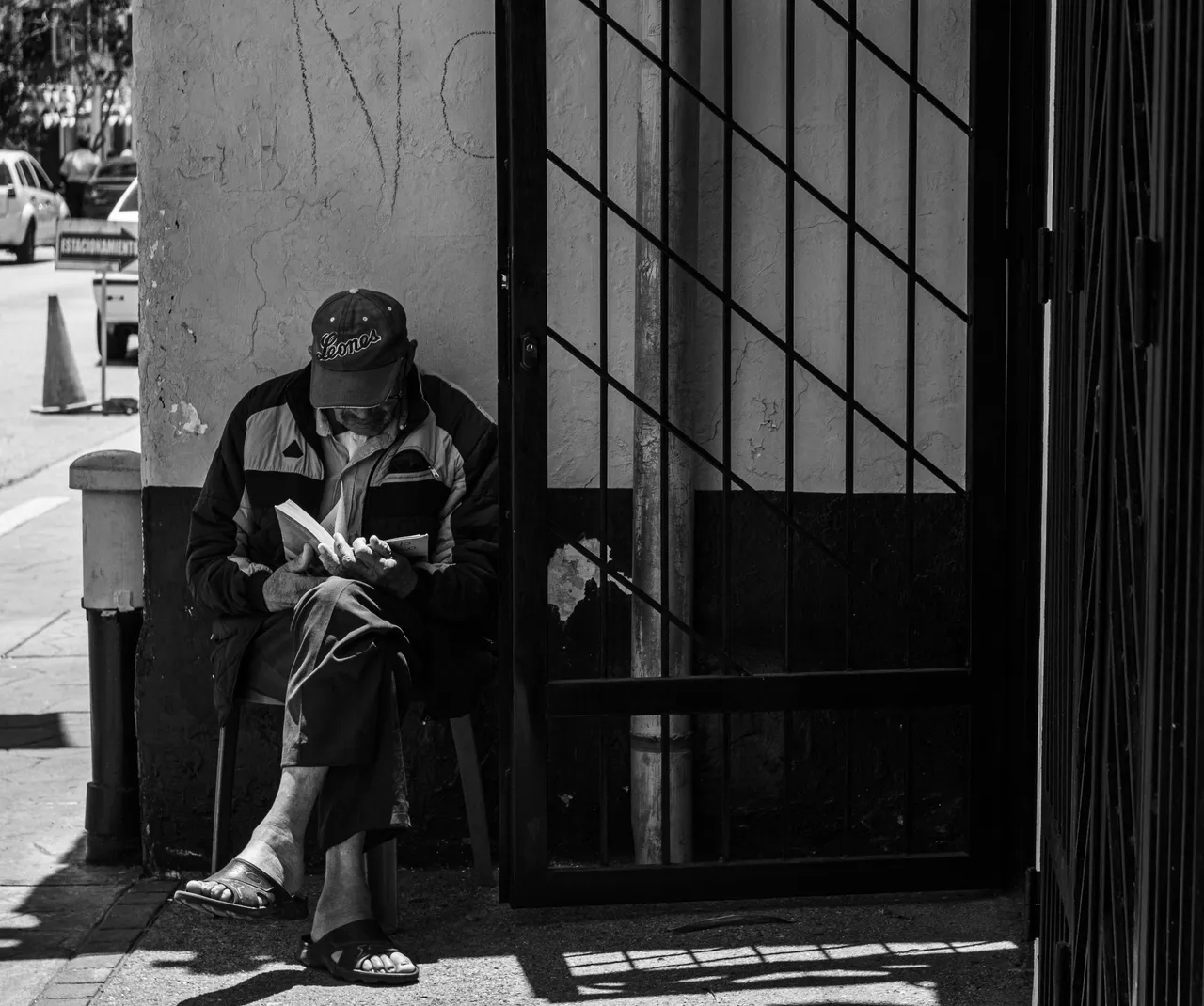
ENGLISH
Something that excites me about urban, documentary or journalistic photography is the spontaneity that surrounds it. According to a professor, it is the construction of a lie.
I understand his point, and he is partly right, but unlike other types of photography, these are the closest to reality.
And I say approximate, because objectively speaking it is complex, given that the simple fact of choosing what to photograph, elements-aspects of the image are already being set aside, which is included, would be totally different, giving an isolated sense to the message to be communicated.

However, in commercial photography, the spaces are more controlled, such as models (poses), products (composition-decoration) or events, all generally edited through Photoshop or any other program that serves to improve them according to those who consider it so.
Despite this, history has seen manipulations in photos that would fall into the category of "real", such as the image entitled "Raising a flag over the Reichstag", a historic photograph taken in May 1945, where a soldier of the Red Army is shown hoisting communism over a Berlin in ashes, after the defeat of Nazi Germany.
This image was devised by the Soviet regime for propaganda purposes, eliminating with a needle, a watch worn by the soldier, who had probably stolen it, and smoke was also added to give more drama to the photograph.

So, is documentary photography more real than the others? If the elements to be photographed are less controlled, in my opinion it is the closest to the truth, however minimal it may be, but if it is manipulated in any way, it is a construction of reality.
ESPAÑOL
Algo que me apasiona de la fotografía urbana, documental o periodística, es la espontaneidad que la rodea. De acuerdo a un profesor, es la construcción de una mentira.
Entiendo su punto, y en parte tiene razón, pero a diferencia de otros tipos de fotografía, estas son las más aproximadas a la realidad.
Y digo aproximadas, porque objetivamente hablando es complejo, dado que el simple hecho de elegir qué fotografiar, ya se están apartando elementos-aspectos de la imagen, que de ser incluidos, fueran totalmente distintos, dándole un sentido aislado al mensaje a comunicar.
Sin embargo, en la fotografía comercial, los espacios son más controlados, como por ejemplo las modelos (poses), productos (composición-decoración) o eventos, todos editados generalmente a través de Photoshop o cualquier programa que sirven para mejorarlas de acuerdo a quienes lo consideren así.


A pesar de esto, en la historia se han visto manipulaciones en fotos que entrarían en la categoría de "reales", como la imagen titulada "Alzando una bandera sobre el Reichstag", histórica fotografía tomada en mayo 1945, dónde se muestra a un soldado del Ejército rojo enarbolando el comunismo sobre una Berlín en cenizas, luego de la derrota de la Alemania nazi.

Esta imagen fue ideada por el régimen soviético para fines propagandísticos, eliminando con una aguja, un reloj que usaba el soldado, quien seguramente lo había robado, y también se añadió humo para darle más dramatismo a la fotografía.
Entonces, ¿es la fotografía documental más real que las otras? Si se controlan menos los elementos a fotografiar, a mi parecer es lo más aproximado a la verdad, por muy mínimo que sea, pero si es manipulado de la forma que sea, sí es una construcción de la realidad.

All photographs have been taken by me.